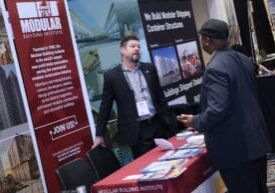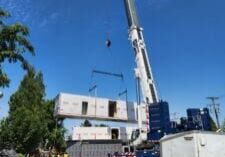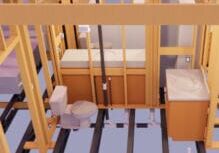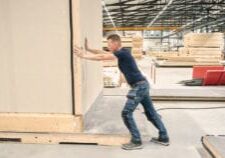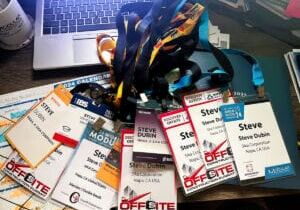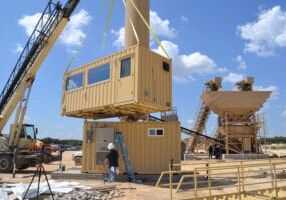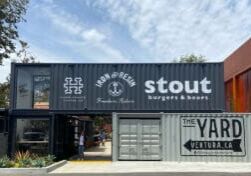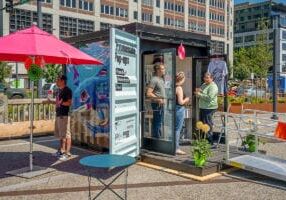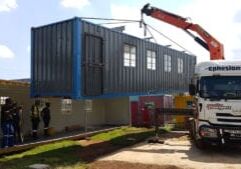Triumph Modular Collaborates to Teach the Next Generation of Construction Leaders & Innovators
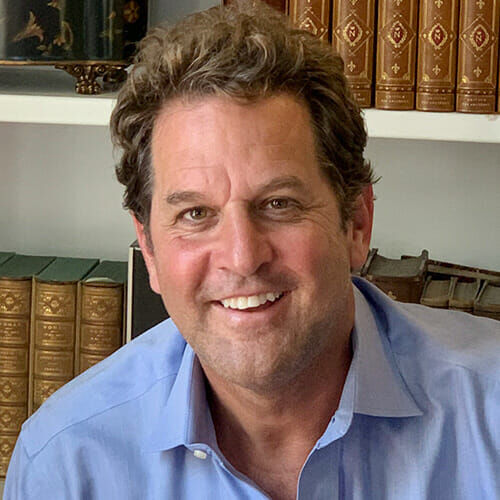

Glenn Cort is a Principal and Executive Vice President of Triumph Modular Inc. After a career in law, he joined Triumph in 2003. The company was then focused mainly on portable classrooms and offices. They’re now engaged in improving the construction efficiency of permanent modular buildings.
Dr. Sarah Cherry Rice recently received her doctorate in Education Leadership from Harvard University. She’s a former teacher, district administrator, and social entrepreneur and is the Founder and Executive Director of Year 13, which launched in the summer of 2020.
Cort Connects with Year 13
Via a mutual connection, Glenn Cort met Dr. Susan Cherry Rice and discovered the Year 13 program she was developing, and which launched this summer. (It’s called Year 13 because it’s designed for students who have completed the standard 12 years of primary and secondary education, but haven’t yet decided on a career or higher education path.)
Year 13 is a modern youth apprenticeship where students split their time between college classes and the workplace. They earn a wage while receiving hands-on work experience. Rice explains that by the end of Year 13, the goal is for students to have:
- Meaningful work experience
- A nationally-recognized industry certification
- A professional network
- The opportunity to earn at least 18 debt-free college credits at Wentworth Institute of Technology
When Rice met Cort, she says, “I could immediately see his passion for teaching Boston’s future leaders and for modular construction! The best teachers have a passion for the subject they’re teaching, and we want students to learn from top industry experts and from folks who are literally building the city of Boston.”
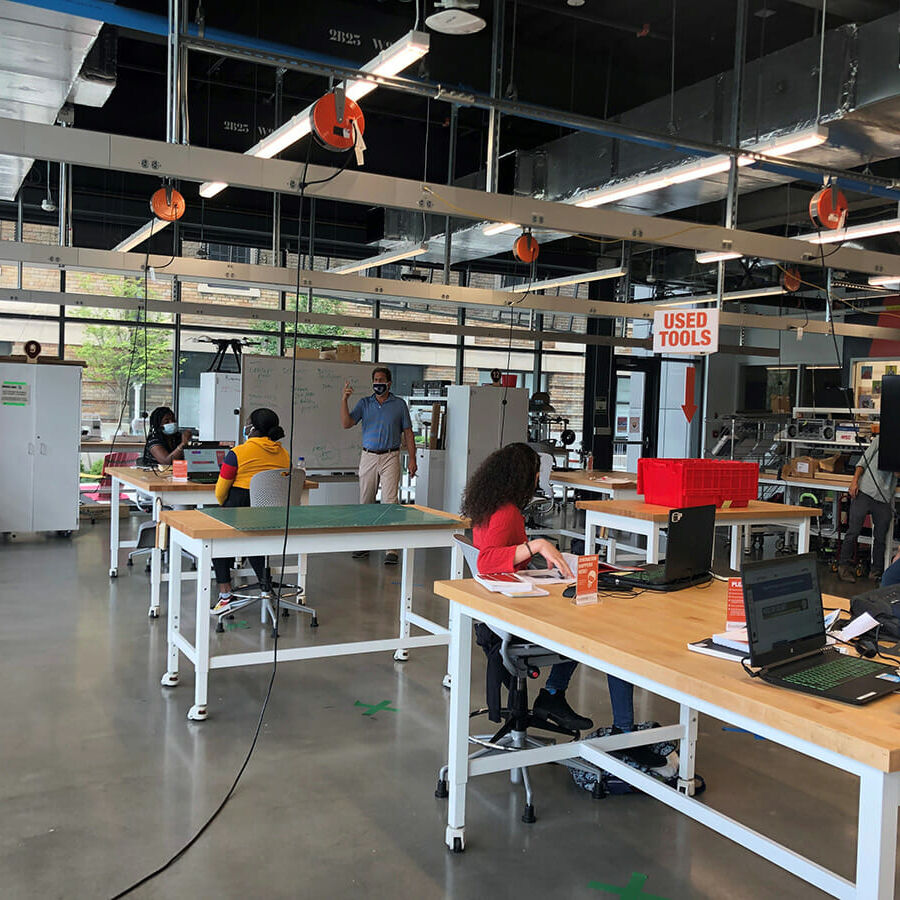
Along with his construction industry expertise, Cort — who is also a LEED AP — had taught a course about sustainability and modular construction in the construction management department at Wentworth. He was a perfect fit for the program. Rice invited him to share his expertise in a course about the future of construction and how technology is playing a more significant role — from digital software to robots to drones.
Student Response
The response to the Year 13 program has been enthusiastic. “When we were designing it, we asked students what they wanted,” Rice says. “We heard over and over that college needed to be more relevant and affordable, there needs to be a connection between what students learn and the future of work, and that students want to try different disciplines through hands-on learning opportunities.”
Rice explains that although Boston has many social, cultural, economic, and community assets — including world class educational institutions — it also has significant gaps in income and wealth between racial and ethnic groups. “Communities of color have significantly less access to high-quality public schools, affordable housing, healthcare, and high-wage jobs,” she says.
Year 13 is for students to discover what they’re passionate about before committing to pursuing a career in a given field. There’s no cost to students for the program. Rice says, “Year 13 serves as a bridge to connect students — particularly low-income students
and students of color — to pathways of economic mobility and success in Boston’s innovation economy.”
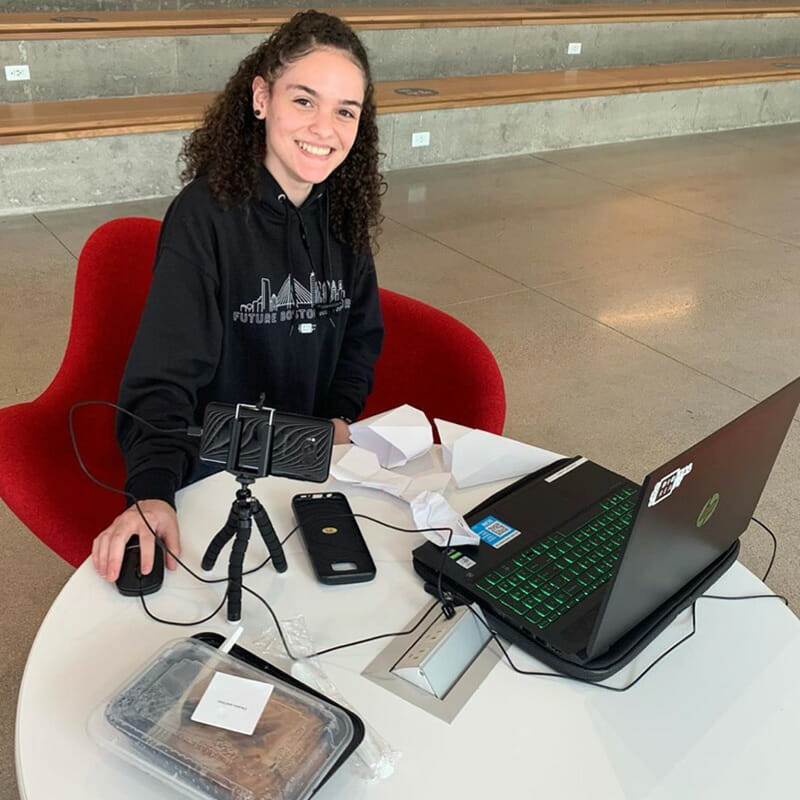

The Curriculum
On the first day of class, Cort discussed the shortcomings of conventional construction with students — before talking about how technology can address those issues. “We needed to spend the beginning of the course defining the problem, before trying to solve it.”
In class discussions, after establishing context, the students are in large part designing the curriculum themselves. Having influence over what they learn helps to keep them fully engaged and focused.
“Together, we discussed and came up with our list of the Top Ten technologies that are having an impact on construction, or that
should have a large impact in the future. One student mentioned prefabrication and modularization as a construction technology.
Students mentioned computer aided design, building information modeling, virtual and augmented reality,” Cort says. “One student brought up artificial intelligence — so it became someone’s homework to research that to see if t should make it onto
our list.”
Related Listening:
Developing the Next Generation of Modular Industry Workers w/ Modern Building Systems
In this episode of Inside Modular, Alan Rasmussen, VP of Production at Modern Building Systems, talks about the industry's current workforce challenges, what he's doing at Modern to recruit and train the next generation of modular industry workers, and how companies around the country can take advantage of student technical education programs.
Student Learning
Cort laid out three fundamental issues that construction technology can improve:
- Buildings and their impact on the environment
- Buildings and their impact on human health
- Buildings and their cost and relative contribution to the economy
As a group, the students talked about these fundamental issues. “They were taken aback when they discovered that buildings use over 40% of all the electricity used in the United States,” says Cort.
The students broke into groups, and one group looked into the impact buildings can have on human health and wellbeing. “We talked about ventilation and lighting and the scientific evidence supporting the fact that students learn better, people generally function better, when they have fresh air and natural light.” Another group talked about whether the built environment is making an efficient contribution to the economy. “We’ll dedicate our time this semester to exploring how construction can be improved by technology. We will also explore the different ways the students can enter the fields of architecture, engineering, and construction.”
“These students all grew up in Boston inner city schools,” Cort explains. “I want to expose them to the different professions that shape their environment. What does an architect do? What about an engineer? A builder? A surveyor?”
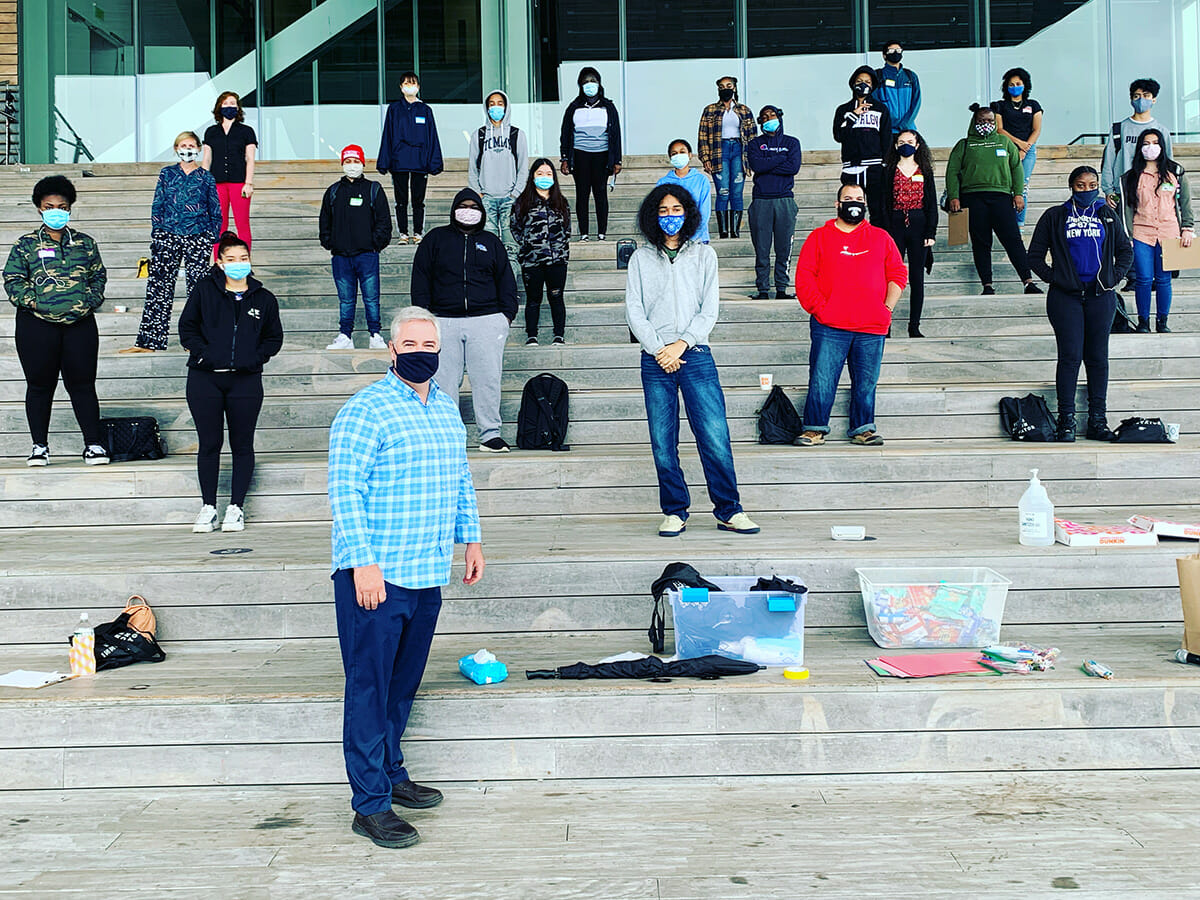
Hands-on Learning
“What gets me most jazzed up about the whole class is that we’re building a building together!” says Cort. “The students will measure the site, they’ll plot the building, design it and draw the plans, they’ll fill out the permit application, they’ll learn about connecting up the water and utilities. This is hands-on, project-based learning.”
On the day we talked with Cort, he and his students had visited the site for the new modular building. The building will be the new Year 13 innovation lab, where students will be able to practice problem solving through technical tasks in a collaborative environment. (At the moment, the students are working outside under canopies or in temporarily rented spaces.) Year 13 students are exploring technologies — artificial intelligence, virtual reality, digital fabrication, robotics, etc — in a safe, supportive environment where they can take risks to learn, ask questions, and develop themselves as Boston’s future leaders.
In addition to college classes, Year 13 students also engage in apprenticeships. Two students are taking the 45-minute train ride from Boston to work and learn at the Triumph Modular facility in Littleton. The other students have apprenticeships at other companies connected to architecture, engineering, and construction in Greater Boston. For example, one student is doing an apprenticeship at Autodesk and will learn about the latest software in the construction industry.
Cort’s in his element, having the time of his life. “I hope the students enjoy my energy, and I’d love teaching this class to remain part of my life in the future.”
About the Author: Zena Ryder is a freelance writer, specializing in writing about construction and for construction companies. You can find her at Zena, Freelance Writer or on LinkedIn.
More from Modular Advantage
AI, Faster Sets, and Automation: The Future of Modular is at World of Modular
While the modular building industry has long known that it can be an effective solution to increase affordable housing, the word is slowly spreading to more mainstream audiences. Three presentations at this year’s World of Modular in Las Vegas hope to provide insight and direction for those seeking a real solution to the crisis.
An Insider’s Guide to the 2025 World of Modular
The Modular Building Institute is bringing its global World of Modular (WOM) event back to Las Vegas, and with it comes some of the industry’s best opportunities for networking, business development, and education. Over the course of the conference’s four days, there will be numerous opportunities for attendees to connect, learn, and leverage event resources to get the most out of the conference.
Affordable Housing Now: The Industry’s Best Bring New Solutions to World of Modular
While the modular building industry has long known that it can be an effective solution to increase affordable housing, the word is slowly spreading to more mainstream audiences. Three presentations at this year’s World of Modular in Las Vegas hope to provide insight and direction for those seeking a real solution to the crisis.
Opportunities for Innovation in Modular Offsite Construction
Modular Offsite Construction has already shattered the myth that it only produces uninspired, box-like designs. Architectural innovations in module geometry, configurations, materials, and products make it possible to create visually stunning buildings without sacrificing functionality or efficiency.
Safe Modular Construction with Aerofilm Air Caster Transport
In collaboration with Aerofilm Systems, Heijmans developed innovative skids using air caster technology for moving modules easily and safely. These pallets are equipped with an auto-flow system, making operation extremely simple.
Miles, Modules, and Memes: Building a Modular Network One Flight at a Time
At the end of the day, social media is just another tool for building connections, and like any other tool, needs to be used skillfully to work properly. Use social media thoughtfully, and it will open doors to real opportunities and relationships you didn’t even see coming.
Falcon Structures: Thinking Inside the Box
Some of Falcon’s latest projects include creating container solutions for New York’s Central Park and an East Coast professional baseball team. More and more, Falcon is shipping out container bathrooms and locker rooms to improve traditionally difficult work environments, like those in oil and gas or construction.
UrbanBloc—From Passion to Industry Leader
UrbanBloc specializes in three main categories or markets – what they call “Phase 0” projects, amenities, and urban infill. Clients are often attracted to shipping containers because from a real estate perspective they are considered an asset. Having the flexibility to move and transport these assets allows owners to respond to different circumstances in a fluid manner that they can’t get with standard construction.
The Hospitality Game-Changer
“Hospitality is about more than just providing a service – it’s about delivering an experience,” says Anthony Halsch, CEO of ROXBOX. “And that’s where containers thrive. They allow us to create spaces that are unique, efficient, and sustainable.”
Container Conversions Counts on Simplicity to Provide Critical Solutions
Container Conversions has fabricated and developed thousands of containers for varied projects, including rental refrigeration options, offices, kitchens, temporary workplace housing, and mobile health clinics.


